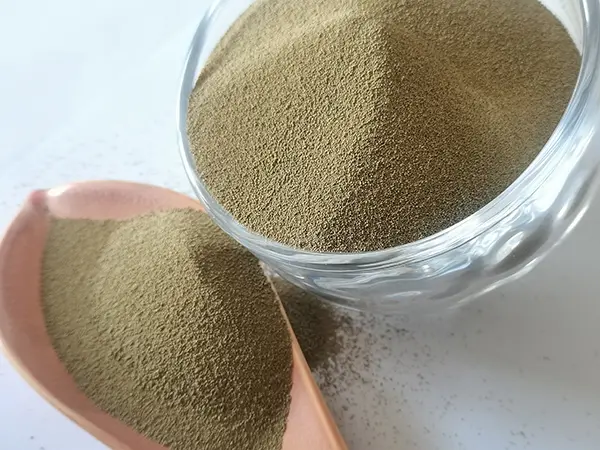Understanding Sand Casting Components
Sand casting is one of the oldest and most versatile metal casting processes, widely utilized in various industries for producing complex metal parts. The technique involves creating a mold from sand and using it to form metal parts through the pouring of molten metal. This article delves into the critical components of the sand casting process, highlighting how they contribute to the method's efficacy and efficiency.
1. Patterns
The pattern is a replica of the object to be cast in metal, typically made from materials like wood, metal, or plastic. It is crucial to design the pattern with precision, incorporating allowances for shrinkage, machining, and draft angles. Patterns can be classified into several types, including single piece, split, or cope and drag patterns, depending on the complexity of the part being cast. The pattern serves as the core component for creating the mold cavity, directly influencing the final product's dimensions and surface finish.
2. Molding Sand
Molding sand is the main material used to create the mold. Its composition usually includes silica sand, clay, water, and various additives. The sand must possess specific properties based on the casting requirements, including permeability, cohesiveness, and refractoriness. The primary type of sand used in these processes is green sand, a mixture that retains moisture and cohesiveness without needing a binder. The quality of the molding sand greatly affects the mold's integrity and, subsequently, the quality of the casted components.
3. Mold Cavity
The mold cavity is the hollow space created within the sand mold that defines the final shape of the casting. The process involves packing the molding sand tightly around the pattern, ensuring that no air pockets or voids remain that could create defects in the final product. After the pattern is removed, the mold cavity provides the perfect negative impression of the desired part. Precision in creating the mold cavity is essential, as any discrepancies can lead to significant manufacturing defects.
sand casting components

In cases where internal features are required in a casting, cores are utilized. Cores are supplementary pieces made from sand or metal that create internal cavities or complex geometries that cannot be formed by the external mold alone. The use of cores allows for greater design flexibility and complexity in the final component. Cores must be made from materials that can withstand the heat of the molten metal and are often fixed within the mold using pins or supports.
5. Pouring System
The pouring system is essential for delivering molten metal into the mold cavity. This system typically comprises a pouring cup, sprue, runner, and gate. The sprue allows the molten metal to flow from the pouring vessel into the mold, while the runners and gates direct the flow into the mold cavity. Designing an efficient pouring system is vital, as it influences the flow rate, minimizes turbulence, and reduces the likelihood of defects such as porosity or uneven filling.
6. Cooling and Solidification
Once the molten metal is poured, it must cool and solidify within the mold. The cooling rate can significantly affect the material's mechanical properties, such as its strength and hardness. Engineers often design cooling passages or incorporate chills (metal inserts) to promote uniform cooling, reducing the risk of defects such as hot tears or cracks due to thermal stress.
7. Finishing Processes
After the metal has solidified, the casting is removed from the mold, which is typically broken open. The casting may require additional finishing processes to achieve the desired surface quality and dimensions. Common finishing operations include sandblasting, machining, grinding, and polishing. These processes help to remove any excess material, surface imperfections, and enhance the aesthetic qualities of the finished product.
Conclusion
Understanding the critical components of sand casting is essential for anyone involved in the manufacturing and engineering fields. Each component – from patterns to finishing processes – plays a pivotal role in the successful production of high-quality castings. As industries continue to evolve, so too does the technology and techniques employed in sand casting, but the fundamental principles remain rooted in these essential elements. By grasping the intricacies of each component, manufacturers can optimize their casting processes, leading to improved efficiency and superior product quality.
Post time:nov . 08, 2024 05:32
Next:Recycling Techniques for Foundry Sand in Sustainable Casting Processes
